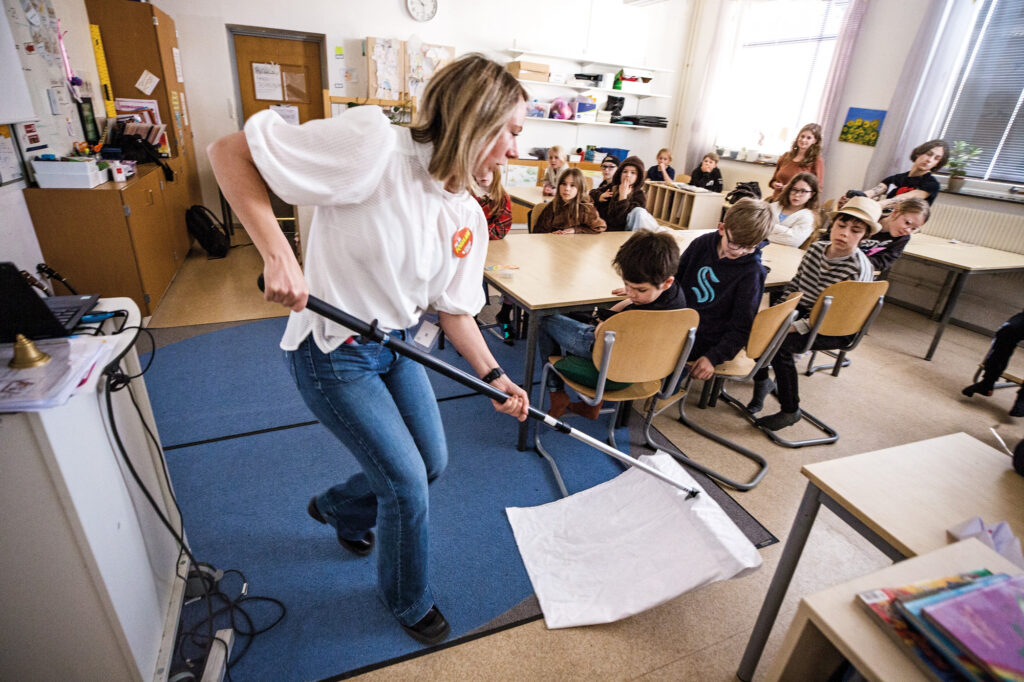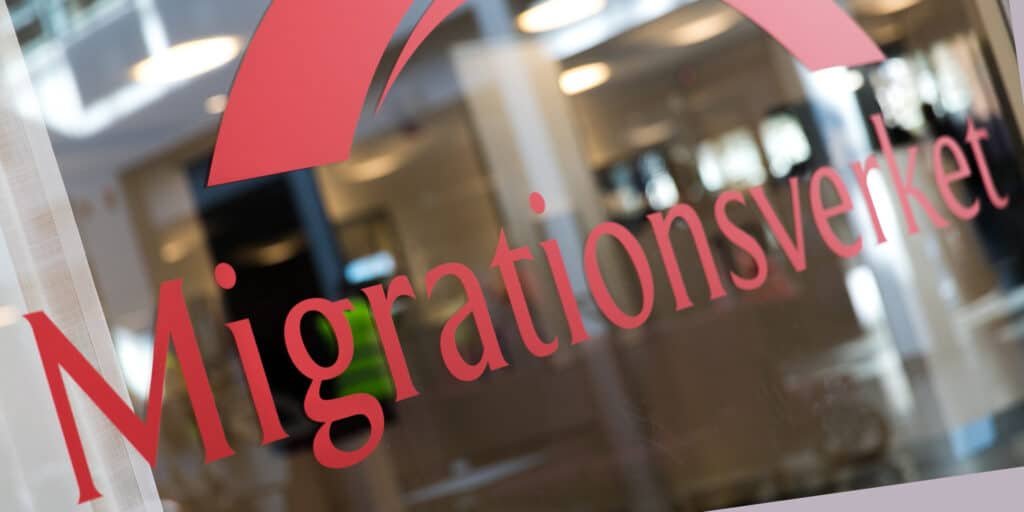The Act on Responsibility for Good Research and Examination of Research Misconduct came into force in 2019. Four researchers were found guilty of misconduct by the NPOF in the first year, and then two more in 2021. Last year, the number of people found guilty rose to seven, the Board’s annual report for 2022 shows.
In the preparatory work for the legislation, it was estimated that around 15 cases of suspected research misconduct would be reported to the NPOF each year. In the first year, 2020, 46 cases were submitted, and in the following year the corresponding figure was 40.
More cases reported
The Board’s latest annual report shows that the rate of reported cases remains high, with 47 cases reported in 2022. The cases reported to the NPOF last year came from twelve different higher education institutions and three private education providers. Just over half of the cases were within the field of medicine and health sciences.
NPOF issued decisions on 40 cases in 2022, of which seven were guilty verdicts. In 23 cases, the researchers were found not guilty. In three of the not guilty rulings, the Board stated that although deviations from good research practice had occurred, these were not as a result of intent or gross negligence. In two cases, the Board found that the allegations in the report were not supported by sufficient evidence, and in ten of the cases heard, the Board ruled that the allegations fell outside the scope of the Act on Responsibility for Good Research and Examination of Research Misconduct.
Stress and time pressure frequent causes
In its annual report, the NPOF also describes why researchers deviate from good research practice. In the cases it issued decisions on in 2022, stress related to funding or form of employment and time pressure are given as the most common reasons. The NPOF is also tasked with compiling the higher education institutions’ own assessments of non-compliance with good research practice. In 2022, the Board found that 30 out of 31 higher education institutions had drawn up guidelines for how such an assessment should be conducted. In 2021, the corresponding figure was 28, and the year before, 26 institutions had such guidelines.



















